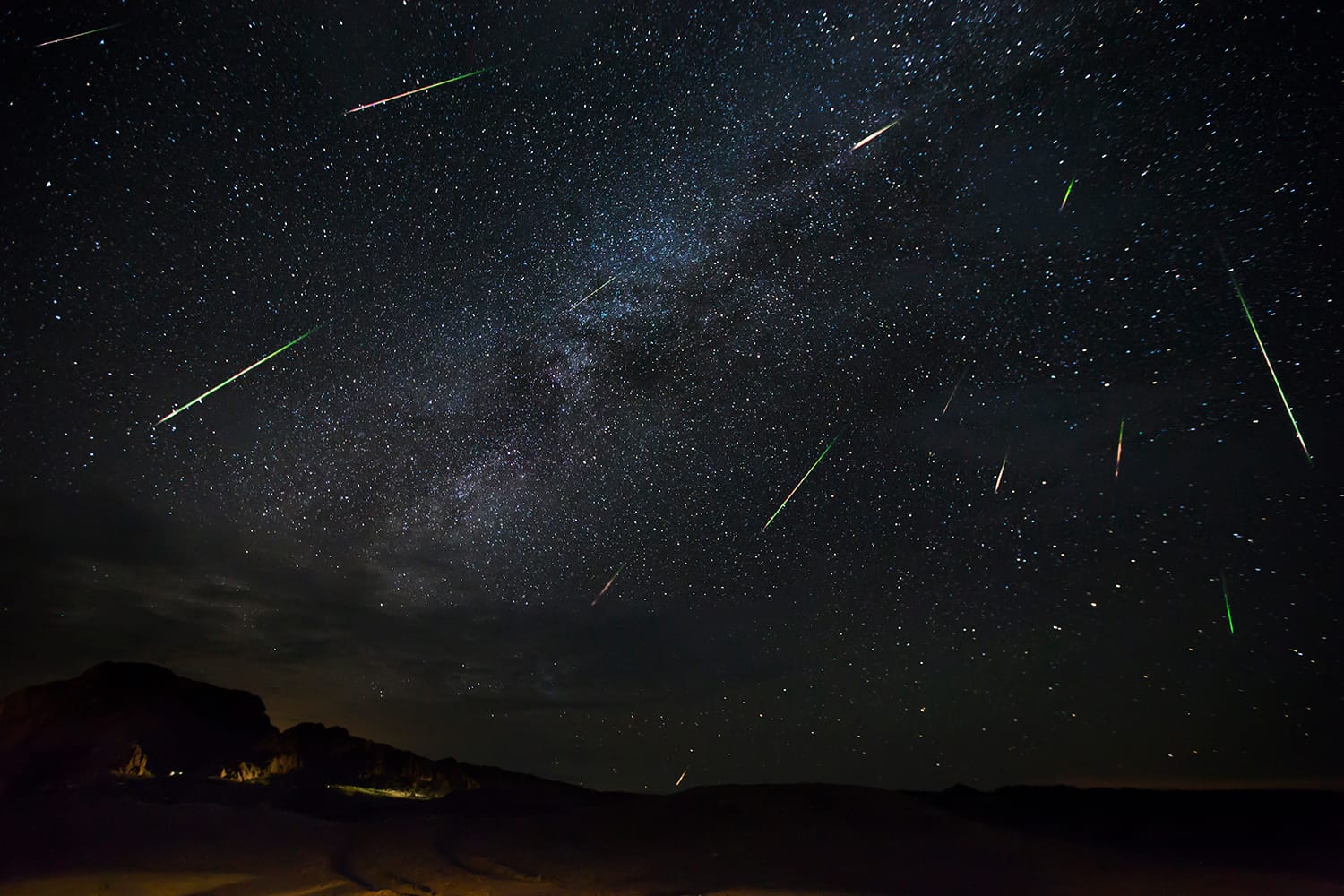The James Webb Space Telescope (JWST), a collaborative project between NASA, the European Space Agency (ESA), and the Canadian Space Agency (CSA), has achieved a remarkable milestone in the field of astronomy. Recently, it successfully identified 44 stars that formed in the early universe, shortly after the Big Bang. This discovery represents a significant advancement in our understanding of cosmic history and the processes that shaped the universe as we know it today.
The identification of these ancient stars is crucial for several reasons. Firstly, it provides astronomers with valuable information about the conditions that existed in the universe just a few hundred million years after the Big Bang, an era known as the “cosmic dawn.” During this period, the universe was still in its infancy, and the formation of the first stars marked a pivotal moment in cosmic evolution. These stars are believed to have played a vital role in the reionization of the universe, a process that allowed light to travel freely through space for the first time.
The JWST’s advanced capabilities made this discovery possible. Equipped with state-of-the-art instruments that can observe the universe in infrared wavelengths, the telescope is able to penetrate dust clouds that obscure visible light. This allows it to detect faint and distant objects, including the early stars that were formed during the universe’s formative years. The telescope’s large mirror, which is 6.5 meters in diameter, provides a significant increase in sensitivity compared to its predecessor, the Hubble Space Telescope. This enhanced capability enables astronomers to observe objects that are billions of light-years away, offering a glimpse into the distant past.
To identify the 44 stars, astronomers utilized a combination of techniques, including spectroscopy and imaging. Spectroscopy involves analyzing the light emitted or absorbed by an object to determine its composition, temperature, and other properties. By studying the light from these ancient stars, scientists were able to glean insights into their chemical makeup and the processes that led to their formation. The imaging capabilities of the JWST allowed for detailed observations of the stars’ surroundings, further enhancing the understanding of their environment.
The discovery of these stars has profound implications for our understanding of the universe. It challenges existing models of star formation and evolution, particularly in the context of the early universe. Prior to this finding, astronomers had limited knowledge of the types of stars that formed during this era and their contributions to cosmic evolution. The identification of these 44 stars provides a clearer picture of the types of stellar populations that existed shortly after the Big Bang and their role in shaping the subsequent development of galaxies.
Moreover, the findings raise important questions about the nature of dark matter and dark energy, which are believed to make up a significant portion of the universe’s mass-energy content. Understanding the formation and evolution of early stars may offer clues about the behavior of these mysterious components and their influence on cosmic structure.
The JWST’s discovery also highlights the importance of continued investment in space exploration and astronomical research. The telescope, which was launched in December 2021, is designed to operate for at least ten years, during which it will continue to make groundbreaking discoveries. As scientists analyze the data collected from the JWST, they anticipate uncovering more secrets of the universe, including the formation of galaxies, the birth of planetary systems, and the potential for life beyond Earth.
In conclusion, the identification of 44 stars from the early universe by the James Webb Space Telescope marks a significant achievement in the field of astronomy. This discovery not only enhances our understanding of the conditions that existed shortly after the Big Bang but also raises new questions about the evolution of the cosmos. As astronomers continue to study these ancient stars, they will undoubtedly uncover further insights that will deepen our understanding of the universe and our place within it.



